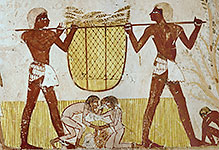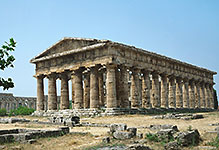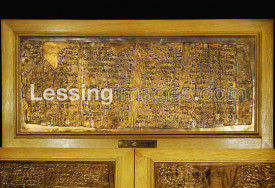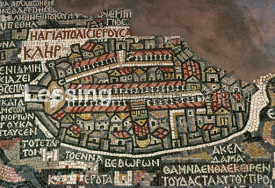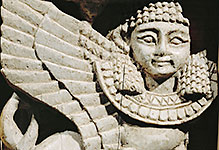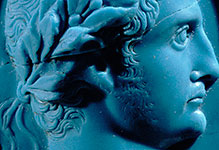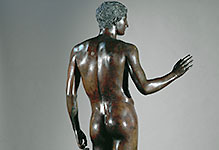
Antiquity
Ancient Egypt, Ancient Greece, Imperial Roman Period, Ancient Middle East.

#03050265
Silver tetradrachm of Alexander the Great, mint of Amphipolis 336-323 BCE. The s...

#03050267
Terracotta figurine of an actor. The face of the figure is a highly stylized mas...

#03050268
Fragment of a colossal horse from the quadriga of the Mausoleum at Halikarnassos...

#03050269
Central scene of the east frieze of the Parthenon,the Acropolis,Athens. 438-432...

#03050270
Figure of Iris from the west pediment od the parthenon, Acropolis, Athens. She i...

#030503 1
Gold plaques showing Artemis as "Mistress of the Animals", Greek, Orientalizing...

#030503 2
Faience figure of a swiming girl, Greek, 6th BCE. The cosmetic spoon shows a swi...

#030503 3
Bronze figure of a running girl, Greek, 520-500 BCE. Found at Prizren, Serbia;...

#030503 4
Terracotta figurines of two gladiators, Roman, 1st-2nd CE. The distinctive smal...

#030503 5
Terracotta group of "knucklebone" (astragalos) players, Hellenistic Greek, 330-3...

#030503 7
Jug with a griffin-head spout, 675-650 BCE. Made on one of the islands of the Cy...

#030503 8
Pottery jug with high spout, Cycladic, Milos, Aegean Sea, 1800-1550 BCE. Charac...
